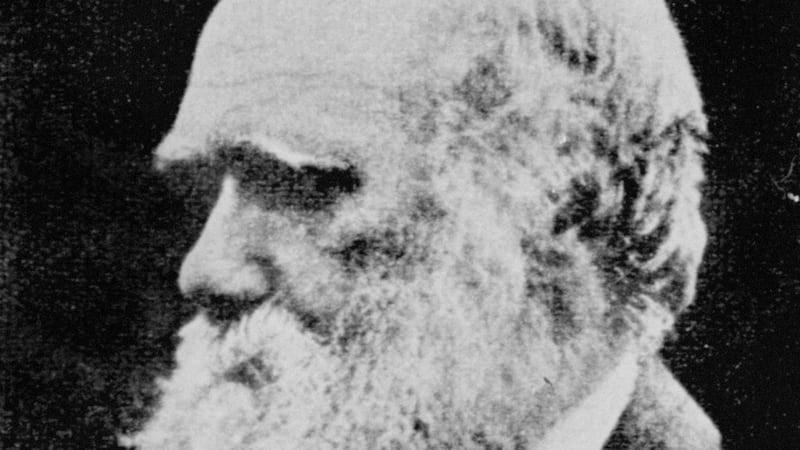Scientists have proved one of Charles Darwin’s theories of evolution – survival of the fittest – for the first time.
A researcher at St John’s College, University of Cambridge, found that mammal subspecies play a more important role in evolution than previously thought.
A species is a group of animals that can interbreed freely amongst themselves.
Some species contain subspecies – populations within a species that differ from each other with different physical traits and their own breeding ranges.
Northern giraffes have three subspecies that usually live in different locations to each other, while red foxes have the most subspecies – 45 known varieties – spread all over the world.
Humans have no subspecies.
Lead author, Laura van Holstein, a PhD student in biological anthropology, said: “We are standing on the shoulders of giants.
“In chapter three of On The Origin Of Species, Darwin said animal lineages with more species should also contain more ‘varieties’.
“‘Subspecies’ is the modern definition.
“My research investigating the relationship between species and the variety of subspecies proves that subspecies play a critical role in long-term evolutionary dynamics and in future evolution of species.
“And they always have, which is what Darwin suspected when he was defining what a species actually was.”
It is thought her research could now be used to predict which species conservationists should focus on protecting to stop them becoming endangered or extinct.
Ms van Holstein confirmed Darwin’s hypothesis by looking at data gathered by naturalists over hundreds of years – long before Darwin visited the Galapagos Islands on board HMS Beagle.
In On The Origin Of Species By Means Of Natural Selection, Darwin argued that organisms gradually evolved through a process called natural selection – often known as “survival of the fittest”.
The work was considered highly controversial because it contradicted the Bible’s account of creation.
Ms van Holstein’s research also proved that evolution happens differently in land mammals and sea mammals and bats because of differences in their habitats and differences in their ability to roam freely.

She said: “We found the evolutionary relationship between mammalian species and subspecies differs depending on their habitat.
“Subspecies form, diversify and increase in number in a different way in non-terrestrial and terrestrial habitats, and this in turn affects how subspecies may eventually become species.
“For example, if a natural barrier like a mountain range gets in the way, it can separate animal groups and send them off on their own evolutionary journeys.
“Flying and marine mammals – such as bats and dolphins – have fewer physical barriers in their environment.”
The research explored whether subspecies could be considered an early stage of the formation of a new species.
Ms van Holstein said: “The answer was yes.
“But evolution isn’t determined by the same factors in all groups, and for the first time we know why because we’ve looked at the strength of the relationship between species richness and subspecies richness.”
She added that evolutionary models could use the findings published in Proceedings of the Royal Society to anticipate how human activity like logging and deforestation will affect evolution in the future by disrupting the habitat of species.








